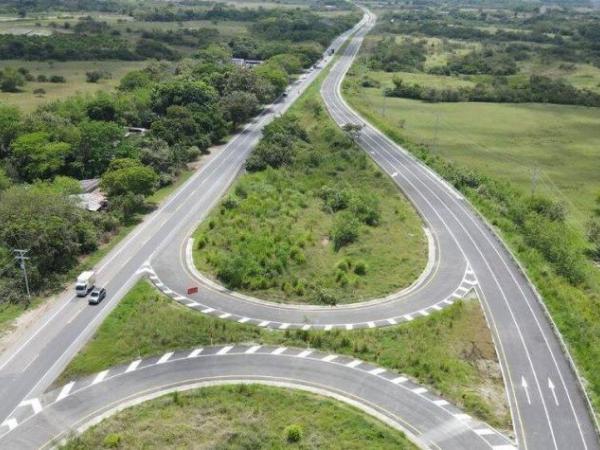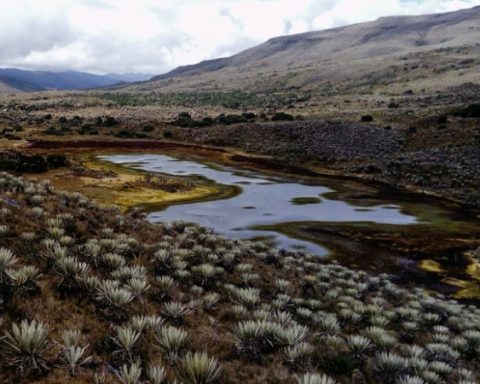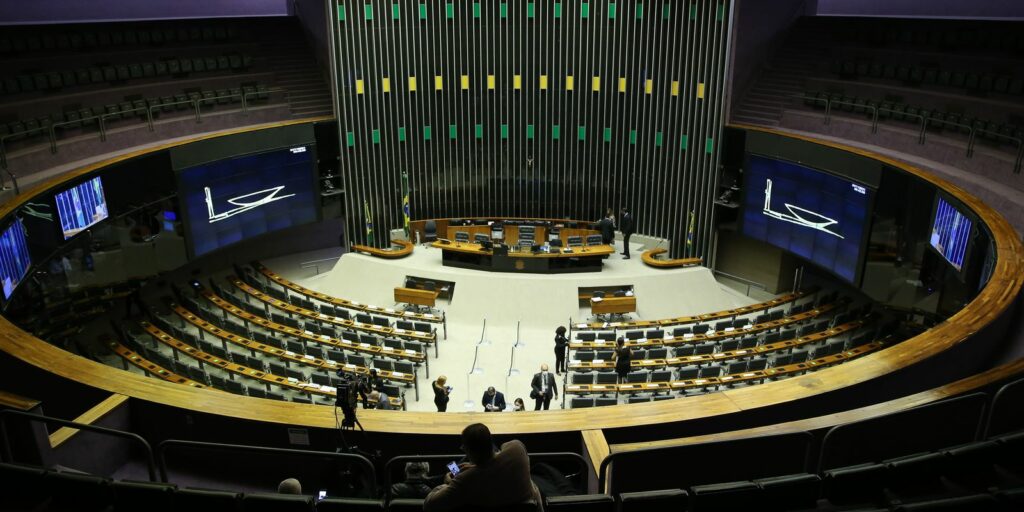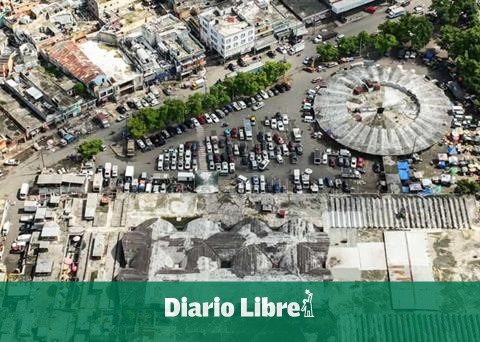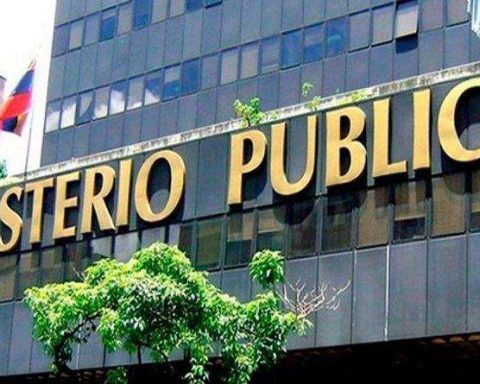The previous government’s intention to hand over 12 fourth generation road projects (4G roads) before the end of his term, not only did it not materialize, but several of them will not be ready this year either.
(Investment in tertiary roads and dialogues, the seal of the Petro government).
Due to factors such as the intensification of the rains, environmental procedures and even arbitration processes, the execution of several sections has been affected.
According to the National Infrastructure Agency (ANI), in these 12 roads between April and October the execution went from 83.9% to 89.2%.
When the National Infrastructure Congress begins, the ANI anticipated that although five of 30 projects have been delivered, there are 25 that have not been able to complete the work, or even some have not even been able to start.
Even just because of the worsening of winter there are 12 critical points on roads already finished or under construction.
However, there are works that managed to advance by up to 10 percentage points, such as Autopista al Mar 2, the IP Cambao Manizales or Pacífico 1.
(ANI plans to invest $50 billion in concession projects for highways).
Among the works that have the greatest progress are Concesion al Mar 1, Rumichaca-Pasto and Chirajara-Fundadoreswhich have an execution of 99.3%, 99.7% and 99.8% respectively.
Regarding the first, the ANI told Portafolio that although the works were delivered in May, that is, one year before the contractual term and is already in the operational phase, the remaining percentage corresponds to the validation of the audit, which leads to the fact that the estimated date of total completion of the project is not yet known.
Regarding Rumichaca-Pasto, although it was the tenth project that the previous administration reported as delivered, the rains have played a trick on them when it comes to completing the works.
“At this moment, the concessionaire is finishing slope protection activities, slope works, weighing, adaptation and/or completion of conformation in Zodmes in the section between San Juan and Iles, among other minor activities, which has not allowed to reach 100% of the work activities”, said the ANI, which revealed that despite the above, it is estimating that its delivery would be in January.
Of the 44 projects in charge of the entity, these contingencies are contemplated in the contracts.
However, they touch on the schedule and the possibility of finishing a section, it could take months, as acknowledged by William Camargo, president of the ANI, who said that these issues “do not allow the works to be delivered 100% before enabling them or giving them up.” delivered”.
In this regard, Ideam revealed that this situation of the La Niña phenomenon could intensify and could extend until 2023, which would jeopardize the agreed delivery date of completed projects, at least in 2022, according to ANI sources.
This is how the entity estimates that only three functional units will be completed in the remainder of the year: one in the Ibagué – Cajamarca project, another on the Neiva – Espinal – Girardot route and the last one on Autopista al Mar 2.
On the other hand, although there are works that are advancing, others are maintained without any construction progress. According to the ANI report, there would be three projects, including the Popayán – Santander de Quilichao project, which has been able to advance since The concessionaire does not have all the environmental licenses from the National Authority for Environmental Licenses (Anla) to give way to the construction phase. In the Mulaló-Loboguerrero project, the contract is still suspended and is in the arbitration process, for which work tables are being held. Lastly, regarding the ‘Autopistas del Caribe’ project, which is in the pre-operational stage, the ANI and the Government agreed to work groups to restructure the project. In this regard, Jairo Espejo, a member of the Colombian Association of Engineers (Aciem), considers it necessary to move forward and overcome the delays.
“4G routes have difficulties from the past that have not been overcome, so the current government must manage their successful continuity and thus connect the country,” he said.
Regarding the Bicentennial or 5G works, it is noteworthy that most of the highway projects have been awarded this year, which has allowed a green light to begin the construction phase. Among the initiatives are the New Malla del Valle del Cauca, the Avenida Longitudinal del Occidente, the Troncal Magdalena 1 and 2, Accesos Norte de Bogotá and Buga – Loboguerrero – Buenaventura, which correspond to the first wave of 5G
This progress has allowed not only these projects to continue, but also the decision to invest $50 billion within the Transportation portfolio to develop future concession projects. In addition to contributing to the country’s roads, they will be to promote the country’s railway mode such as the Central Railway Network, the Pacific railway network or La Dorada – Chiriguaná, which are part of the mostly inactive network in the country.
In this same package is the importance of promoting the fluvial projects that are under discussion. Currently, only the process to unravel the Canal del Dique project is being completed, which, although it has not been able to see the green light due to the dispute surrounding its supplier Sacyr and later due to the decision of the JEP, is on the waiting list for a new date to finally award the tender.
Paula Galeano Balaguera
BRIEFCASE
